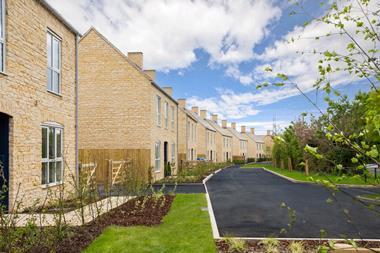William Hulls’ letter highlighted software solutions for the monitoring and management of energy in the face of increasing MEES. But many small and mid-sized commercial landlords face a much bigger ‘hardware’ problem.
The cost of upgrading a building to 2030 EPC requirements is estimated to be £40/sq ft, in addition to refurbishment costs, meaning many buildings are likely to cost more to fix up than most can command in rent. Without major asset management, or capital, which banks will be reticent to provide without security of a good tenant, this will leave buildings obsolete and their owners stranded.
So, who will pay for upgrades? Airspace development, typically associated with adding new homes on top of resi buildings, can provide part of the solution. By partnering with developers and sharing profits from delivering airspace units above, commercial freeholders can enjoy a cash windfall to pay for enhancements to the remainder of the building, ensuring they can meet the new standards.
Thanks to ever-evolving advances in MMC and lightweight materials, airspace development can often take place while incumbent tenants remain on lower floors generating income.
Airspace development also makes sustainability sense. There is a reduction in the quantity of new materials used and it removes the need for new groundworks and foundations, which in small- to medium-scale projects typically account for 21% of embodied carbon emissions during construction.
This is not a ‘quick win’ solution, but done correctly it can be a ‘win-win’ solution that saves buildings and creates much-needed new housing.
Mani Khiroya, chief executive, Fruition Properties






























No comments yet